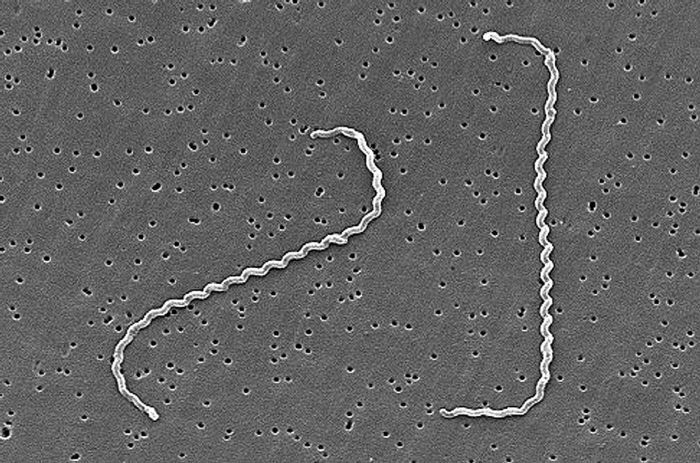During a news conference Wednesday, the governor of Puerto Rico, Ricardo Rosselló said there are two confirmed cases of leptospirosis in Canovanas, in the northeast of the island, 20 days after Hurricane Maria, according to a Yahoo Noticias report (computer translated).
Rosselló noted a total of 10 people have come down with suspected cases of leptospirosis.

To date, forty-five deaths in Puerto Rico have been blamed on Hurricane Maria.
The governor said the disease has treatment and reminded the population not to bathe in the rivers nor drink or collect water from them.
Leptospirosis is caused by a corkscrew-shaped bacterium called Leptospira interrogans, is often referred to as “rat fever” due to the principal role rats play in spreading the disease (scientists refer this type of animal as a reservoir host). Other animals can also be important reservoirs of the disease.
LISTEN: Puerto Rico crisis: What are the infectious disease risks post-Hurricane Maria?
These animals can spread the disease in their urine, contaminating water, soil, or food. People who live in close contact with domestic animals or wildlife are at higher risk for getting the disease.
People become infected by coming into contact with contaminated urine, water, food, or soil through breaks in the skin, eyes, mouth, or nose. Outbreaks of leptospirosis are usually caused by exposure to contaminated water, such as floodwaters. Person to person transmission is rare.
See New York from the water and enjoy up to 46% off cruises!
Infected individuals initially experience fever, severe headache and muscle aches, abdominal pain, and occasionally a skin rash. Patients in the later stages of disease can suffer from jaundice, kidney failure, bleeding from the mouth or nose, bloody urine and can be fatal, especially without proper treatment.
Related:
- Public Health Crises in Puerto Rico and U.S. Virgin Islands: IDSA statement
- New Zealand and South Korea eliminate measles
- Fiji typhoid outbreak reported on Moturiki Island
- Indonesia reports H5N1 avian influenza death
- Madagascar plague outbreak case count reaches 500


7 thoughts on “Leptospirosis cases reported in Puerto Rico post-Hurricane Maria”